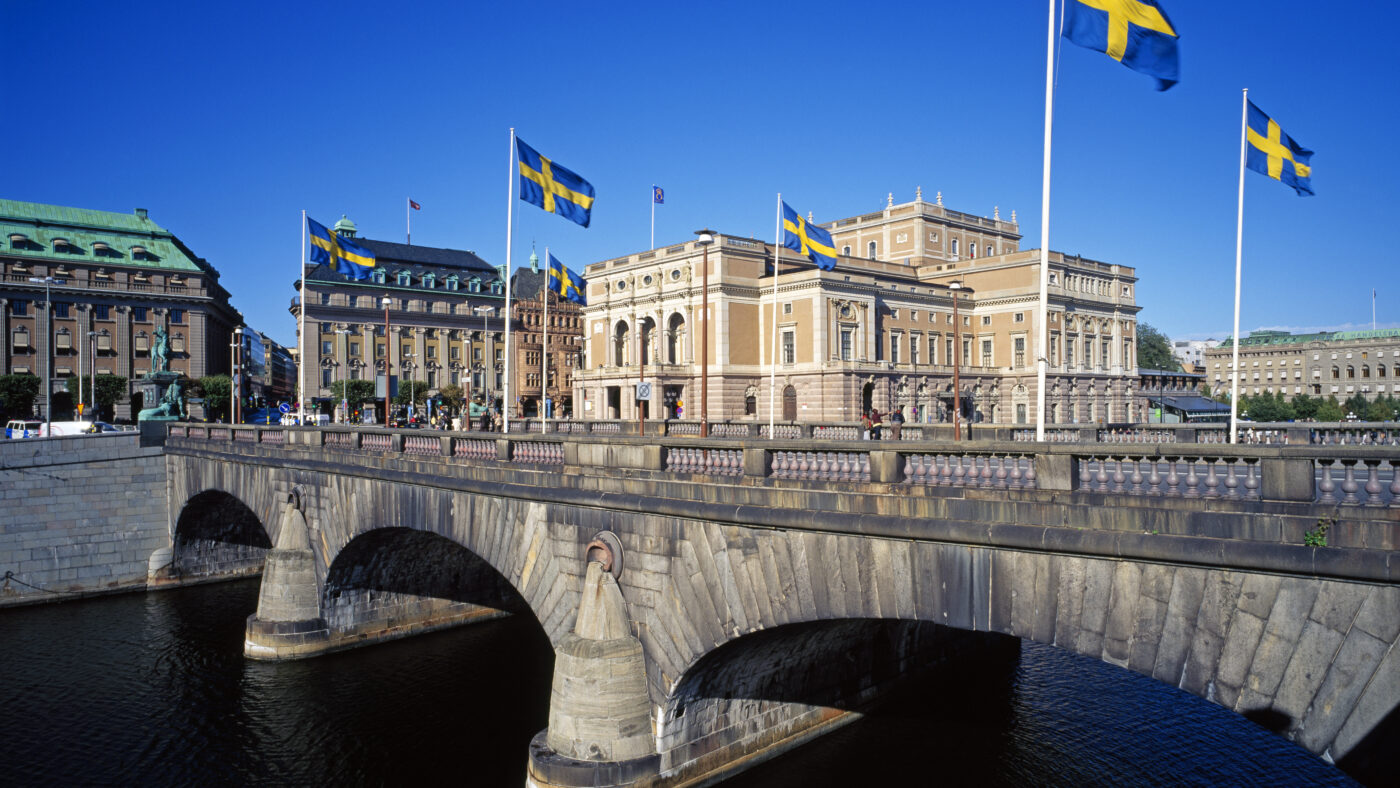‘Venezuela isn’t real socialism, we just want to be like Sweden!’.
Anyone naïve enough to have engaged in debate with online socialists will be familiar with this kind of refrain. The idea that the Nordic countries are all run along collectivist lines appears remarkably sticky, despite the ample evidence to the contrary.
Take Sweden, whose recent economic history is really a parable of how high taxes and state management can lay low even the most prosperous of economies.
To start way back in 1840, the once mercantilist and agrarian Scandinavian state embarked on a peaceful liberal revolution. That meant secure property rights, allowing all citizens to freely start businesses, and repealing regulations that stifled the development of new industries. Freedom of speech, press and religion were expanded, as were the rights of women and immigrants.
This settlement served Sweden well. In 1950, as Europe rebuilt from the Second World War, neutral Sweden had the fourth biggest economy per capita in the world. Government spending was below 20% of GDP and the tax burden was lower than that of the United States. It is no coincidence therefore that the country ranked third in the world for economic growth between 1870 and 1970 – a remarkable feat given the significant global economic expansion in the same period. Sweden was decidedly one of the freest and most prosperous Western nations.
This formed the backdrop of Sweden’s turn towards social democracy in the 1970s. Between 1970 and 1985, Sweden’s government spending as a percentage of GDP skyrocketed from 30% to 58.5%. This was used to fund vast expansions of government spending on unemployment benefits, health, social care, and pensions, as well as the nationalisation of key industries. The cost to the taxpayer was eyewatering, with the marginal tax rate for blue collar workers increasing from under 40% in 1965 to more than 60% in 1980. The highest marginal tax rate topped 70%.
On the supply side of the economy, things weren’t much better. Sweden abandoned its traditional labour market model in favour of burdensome employment regulations including legislation which made it exceedingly difficult for businesses to sack employees. In 1970, the government enacted an ‘opaque system of price controls’ which forced businesses to pre-clear price rises with business associations and government agencies.
When the oil crisis hit Europe in the early 1970s, the Swedish government responded by simply spending more money. While the rest of Europe began to recover from the crisis in the mid-1970s, Sweden’s economy was plunged into recession. Spiralling costs, caused partly by tight labour regulations and high inflation, almost brought the country’s key manufacturing sector to its knees. Steel production decreased by 30% between 1974 and 1977 and worker productivity fell behind the OECD average.
Entrepreneurs, wealthy individuals and businesses couldn’t get away fast enough. Ingmar Bergman was driven to a nervous breakdown by the tax authorities and Björn Borg relocated to Monaco. Even IKEA was forced to abandon its HQ and flee to the Netherlands in 1973.
Sweden was stuck in a vicious cycle of inflation, debt, and currency devaluations which lasted well into the early 1990s. During that period interest rates peaked at 500%, real wages were stagnant, and government debt became unsustainable.
‘The Mirage of Swedish Socialism’, a new paper for the Realities of Socialism project, discusses how Sweden turned this disaster around by returning to its free market roots.
Taxes on wealth, gifts, and inheritance have since been abolished, while the overall tax take as a percentage of GDP has fallen almost 10 percentage points since 1990. Successive governments deregulated the economy, abolishing many of the labour market regulations which stifled growth throughout the 70s and 80s. Key industries were privatised and many became revitalised. As the frontiers of the state receded, economic growth returned. It is this market-based approach which continues to power Swedish prosperity to this day.
The country’s welfare state, which is touted as an inspiration some on the left, is indeed large and expensive. But crucially, citizens can choose who provides key services like schools, childcare, pensions, and social care. This runs in stark contrast to the state-centric ethos which underpins welfare policy in the UK. Similarly, though taxes may be relatively high, they are also far more localised than the hyper-centralised system we have in the UK, as Tim Worstall has noted for CapX. It’s also a more business-friendly system, which is why Sweden regularly comes above the UK in the Tax Foundation’s Tax Competitiveness Index, despite levying a greater proportion of GDP in taxation.
We should also be clear about how that welfare state is funded. Rather than simply soaking the very rich, as some would doubtless love, the Swedes have a pretty broad taxation system. That has its problems too, of course: a 25% VAT is an effective revenue-raiser, but it does stretch the incomes of hard-working families. As does its 52% top rate of income tax which kicks in at the equivalent of just $50,768.
So next time you hear a leftwinger proposing to raise taxes on business, increase red tape and nationalise industry, don’t let them get away with pretending to emulate the Swedish model. Sweden tried those policies and they failed. Nowadays it is a very much a market economy – one which pays its way without relying on the mythical cash cow known as ‘the 1%’.
Click here to subscribe to our daily briefing – the best pieces from CapX and across the web.
CapX depends on the generosity of its readers. If you value what we do, please consider making a donation.


